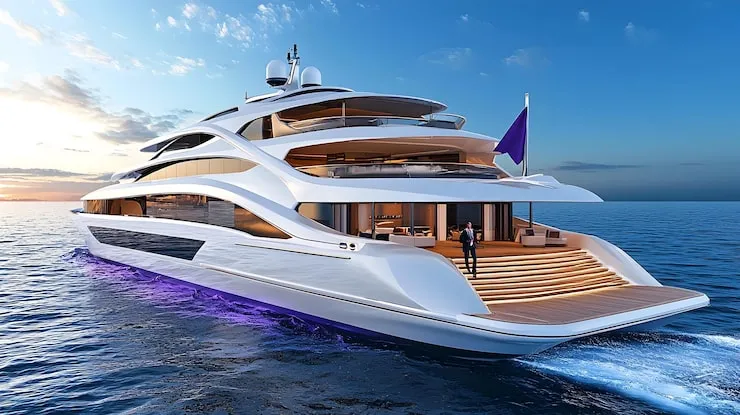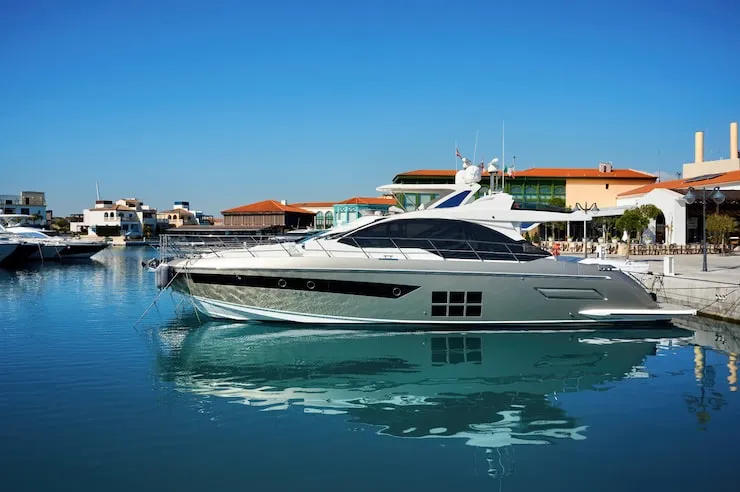Champion sailor Ben Saxton explains to Andy Rice how to use an unsymmetrical spinnaker in light smugness and alimony a wend on the move
Just as the weightier teams seem to find an uneaten upper mode on the upwind legs, often they’re moreover very good at eking out an extra-low mode on the downwind. Unlike symmetrical spinnakers, where you can square when the pole and sometimes sail directly lanugo the rhumbline, with an unsymmetrical gennaker you’re unchangingly having to work the angles.
In light smugness these angles can get pretty big as you work to alimony the unveiled wind flowing over the sails. If you can alimony the spritz AND proceeds a bit of uneaten depth compared with the boats virtually you, then you’ve got the opportunity for some significant gains downwind. Here are Ben Saxton’s five top tips for keeping the wend rumbling withal in the low lane.
Listen to the trimmer
Keeping up the speed is one of the most vital goals when you’re pushing downwind in light smugness and you need to let the spinnaker trimmer be your guide. Whatever size of wend you’re sailing, the finger through the spinnaker sheet is one of your key indicators for how low you can sire to go. An early luff is way largest than stopping completely and having to build from scratch again. The key relationship is between the spinnaker trimmer calling the pressure in the sheet and communicating with the helmsman so that the two are in sync.
On worthier boats you can rely increasingly on the target unveiled wind angles which are really useful to steer to. In the smaller boats you simply don’t have that kind of data, but going on finger is never a bad thing. Make sure you’re unchangingly maintaining a good gap between the when of the spinnaker and the mainsail. If in doubt it’s largest to over-trim rather than under-trim the mainsail to maintain that healthy slot.

High or low?
It’s one thing to work your weightier VMG with no other boats virtually you, but on a rented race undertow you’re going to have to work out when to sail higher or lower than normal. There’s no real rule of thumb, but often if you’re rounding the windward mark with lots of other boats you simply can’t sire to be rolled by five or increasingly of your rivals. So it’s most likely worth sailing the uneaten loftiness and going higher than you normally would to alimony the unveiled wind forward and alimony the wipe air wideness your sails.
If you’re in danger of stuff rolled by just one wend and you’re thinking well-nigh gybing yonder soon anyway, take the short-term pain of a bit of bad air knowing that you’re still well placed for the worthier strategic picture. Sometimes it’s okay to be rolled by one wend knowing that if you alimony your leeward position then you’re most likely to be worldly-wise to dictate terms at the gybe, and maybe get your own when by rolling them out of the gybe.
The forecast was spot on, the walkover has slackened as pressure rises, but now with the remains of an open. There is unchangingly a temptation to alimony things simple on the racecourse and opt for a withstand yonder spinnaker set.
Trim the boat
Mostly if it’s really light winds then you’ll go for some leeward heel to help the sails fill and to reduce the wetted surface zone of the hull.
On a narrower hull, once there’s unbearable walkover to fill the sails without the need for gravity, you’d pull the wend upright. But in a wend like the Cape 31 with a really wide transom you’ll still alimony the leeward heel in anything up to 8 knots of walkover considering the proceeds of getting the kite round is less than having a big, wide transom in the water.
You want to get weight remoter forwards in light smugness to reduce wetted surface zone of the transom, but don’t trim so far that you’re fully lifting the transom considering then you’re losing waterline length which is an important factor for wend speed.
Keep all movement smooth and gentle so as not to disturb the wend any increasingly than you have to.

Ease the tack line
If the sea state is unappetizing and you’re aiming to get low in light winds, easing the tack line is an option for having a rounder, increasingly powerful entry to the gennaker. Don’t try this in really light smugness where you’re struggling to alimony spritz over the sails, considering in these conditions flatter is faster. But once you’re going relatively low and only gybing through small angles, you can sometimes ease the tack line which helps requite the kite a bit increasingly depth, as well as rotating the kite virtually to windward.
Look overdue you
Have someone defended to looking overdue for the breeze, spotting the weightier opportunities coming lanugo the race course. Considering everything tends to happen quite slowly in light airs, the tactician should have time to do this job. You want to be shielding that you don’t have too many cooks, but a two-way conversation can be good for wavy ideas virtually – just make sure it’s well-spoken who has the final undeniability for making the next move.










